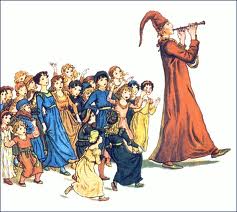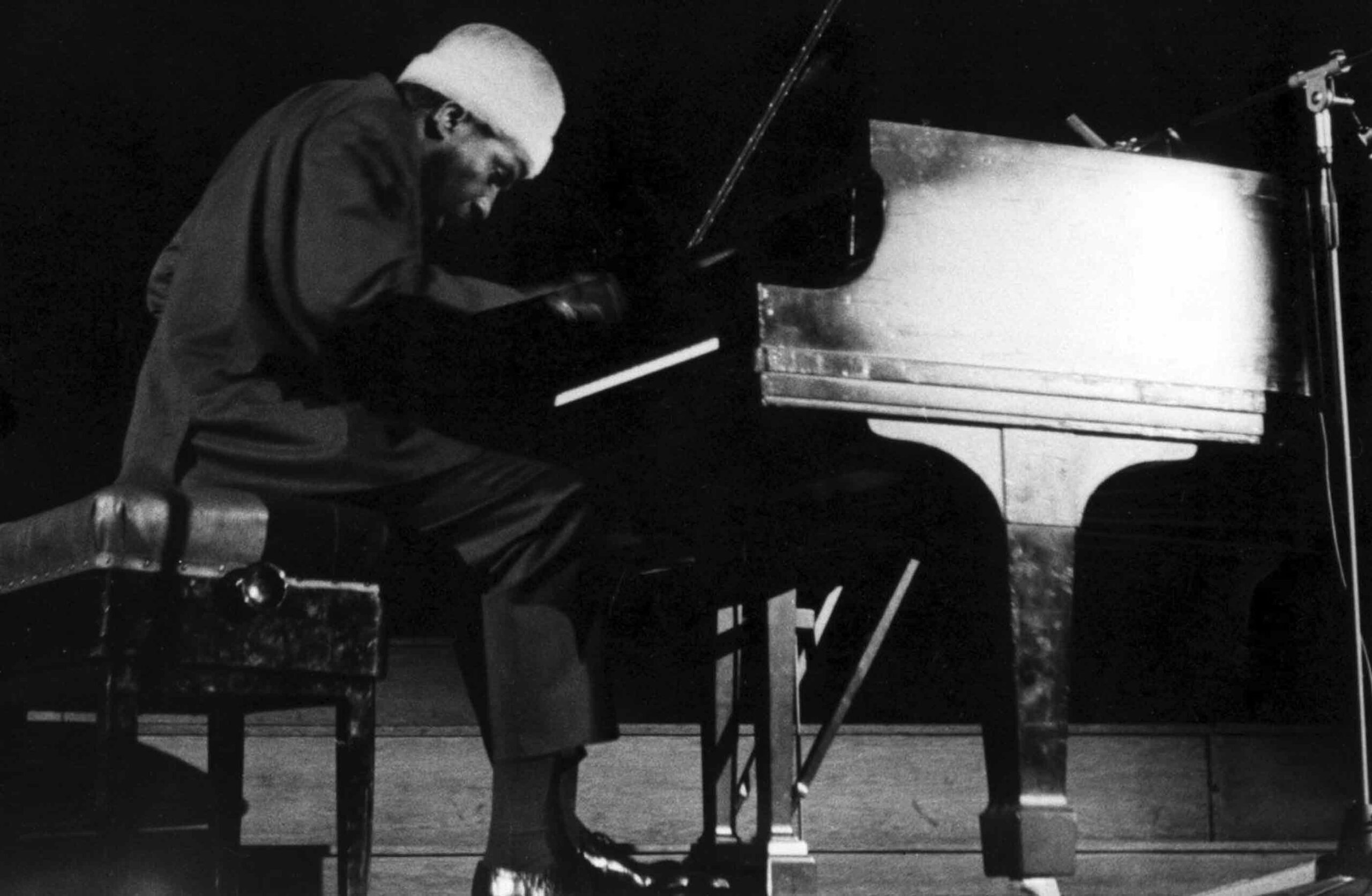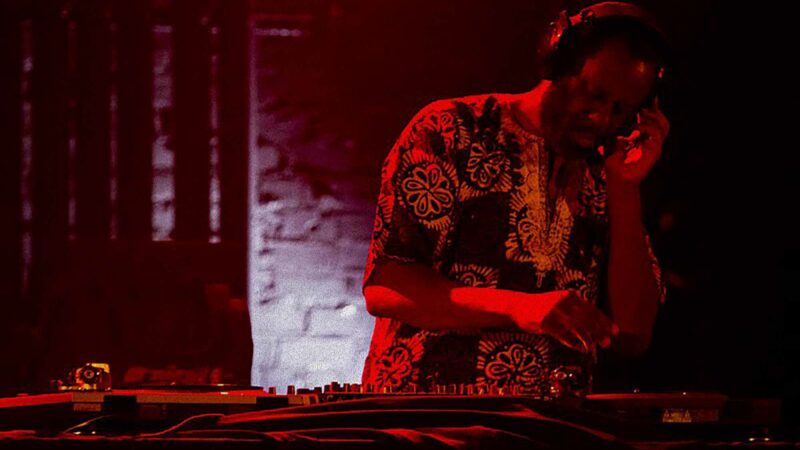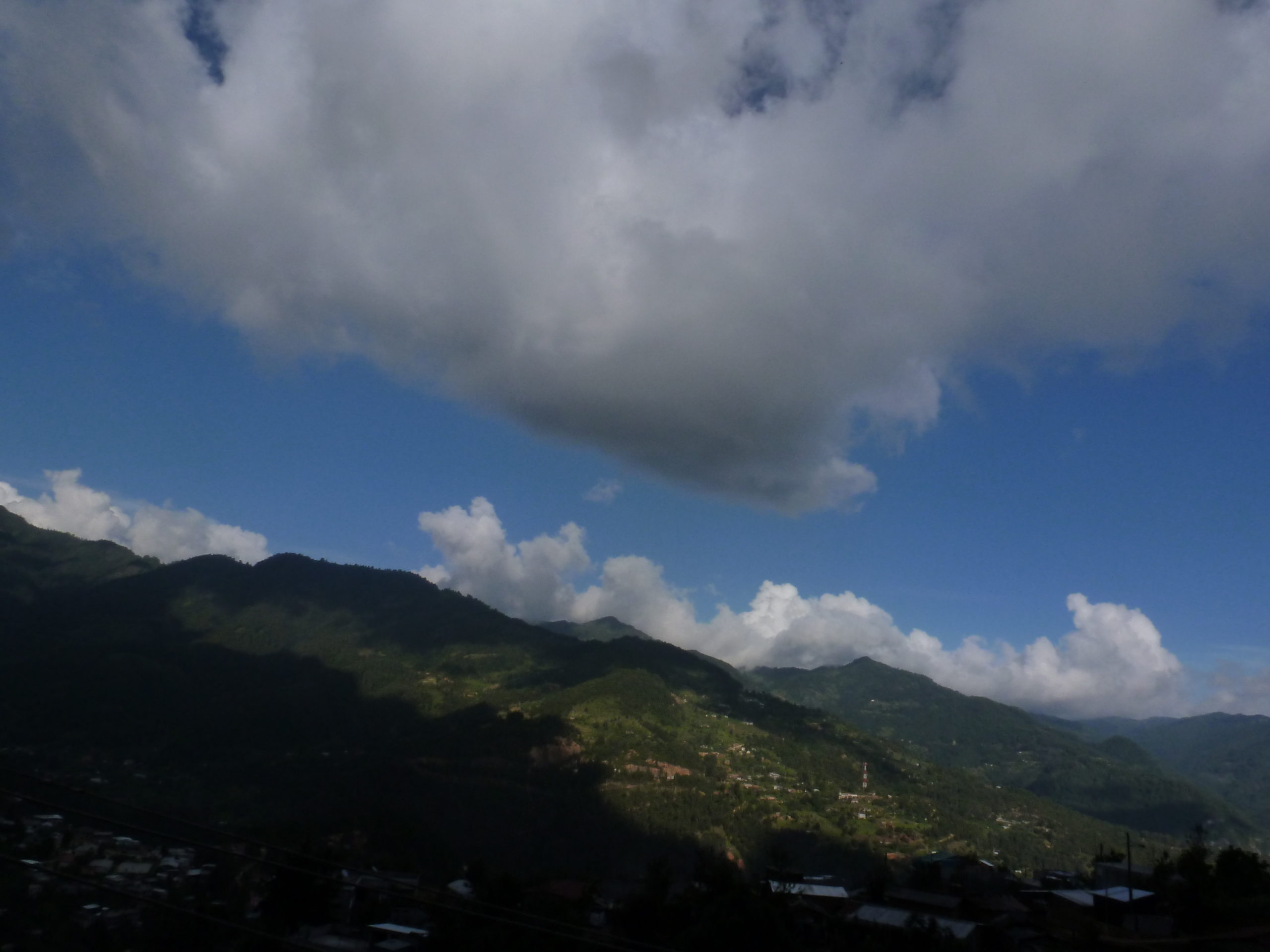
Growing up in early post-colonial India, the country was so different. The ethos was that we were newly-independent from colonialism and building a new nation; we were all in it together and needed to look out for each other, to be self-sufficient and produce whatever we needed in the country – import substitution industrialization. Gandhi still mattered with regard to some aspects of life – khadi (hand-loomed cotton textiles) was popular and consumerist culture was frowned on. As children of course there were little foreign treats that we loved, like perfumed Japanese nylon erasers, or imported chocolates. Intrinsic to this post-colonial worldview was also the notion of secularism, which for us meant many school holidays for all the important religious days of Buddhism, Christianity, Hinduism, Islam and Sikhism. Adherents of these religions also got off for their less important religious holidays, as would I imagine did those whose religions that weren’t included in the official calendar.[1] ‘Partition’ [of the sub-continent] into India and Pakistan was something we learned about in history classes at school, where we also read that the Mughal emperor Akbar was a great ruler, while his great-grandson Aurangzeb, was a religious bigot. Growing up in Calcutta [now Kolkata] one also heard stories from our parents’ generation of the Great Killing (of 1946)[2], much the same way we heard of the bombing of the Kidderpore docks by Japan during World War II. There was one time in the early ‘60s when I along with some other Christian children in our neighbourhood carried bricks to our friend, the Muslim darwan [gatekeeper] of the school next door, because there were ‘riots’ and we thought he might need them to protect himself. This turned out to be unnecessary because the army had been called out and were patrolling the streets, which became empty at sundown as curfew was imposed. I remember noticing that some doors in the neighbourhood also had crosses painted on them.
These were my childhood encounters with secularism, religious identity and what I later came to know as ‘communalism’ – the euphemism in the Indian sub-continent for religion-based tension and violence. In adulthood , of course, I learned about them, as I did of other aspects of the post-colonial state; that many Others (especially Dalits, indigenous people, Chinese and other minority populations) were marginalized in the post-colonial state; that the Christian schools I attended were protected and had special status in secular India; that nationalism of various stripes – including the variant that was communal , as with the ‘good’ and ‘bad’ Mughal emperors — got written into history texts; that secular guarantees of religious pluralism mitigated against equality rights of women who were adjudicated under Personal [religious] laws in matters of marriage, property, inheritance and divorce. All this meant that the constitution of India, which could stand up to any existing document of modernity with its very comprehensive guarantees of individual rights and freedoms, of justice and equality for all, was compromised by prejudice and circumscribed access.
Fast forward to the spring of 2002 – Gujarat, and an unfolding genocide. Even as violence began, from the information that came out, it became clear that this was not another manifestation of the bloody communal riots and violence that had wracked post-colonial India with horrific frequency, especially in certain states such as Gujarat, Uttar Pradesh and Maharashtra, usually between Hindus and Muslims, (until 1984, when for the first time Sikhs, mostly in Delhi were the targets of violence and murder, in the wake of the assassination of then Prime Minister, Indira Gandhi.) Gujarat in 2002 was completely different. And for those of us who had not kept up with the reports of anti-communal organizations, it seemed to come out of the blue. Those, however, who had been tracking the signs had predicted this.
The day before the violence began, the carriage of a train carrying religious volunteers who were returning to Gujarat from Ayodhya in Uttar Pradesh state, burst into flames at Godhra station in Gujarat. Before anyone could be rescued, 58* people perished in the fire. Hindutva forces[3] laid blame for the fire squarely on local Muslims, and the next day the killing of Muslims began in Gujarat and continued unabated for almost two weeks. Over 2000 Muslims were killed. The reason that this killing and violence was not a communal ‘riot’ with the spontaneity that such violence presumes was because it was the culmination of deliberate campaigns of hate in Gujarat; othering of Muslims, such as pamphlets which told Hindu parents to not allow their daughters to associate with Muslim men, because their only aim was to ‘marry’ the women in order to sell them into sexual slavery in Saudi Arabia, or details on how to kill Muslims and so on. There was a systematic re-writing of textbooks with narrow-based, biased and downright factually inaccurate histories of oppression of Hindus by Muslim invaders. Businesses were visited and told to sack their Muslim employees, and not to hire Muslims. If the employers didn’t pay heed, follow-up visits with threatened violence resulted. The train fire was the excuse, but the groundwork had been laid – arsenals built up, emotions inflamed, voter lists used to identify Muslim homes and even Muslim partners in mixed Hindu-Muslim households, neighbourhoods divvied up among leaders – a geography of genocide had already been put in place.
In the past, communal violence has been linked to political leaders and parties, including those in power, as with the Congress and massacre of Sikhs in 1984. But Gujarat reached heights never before seen in this regard. State governments in the federal system that is India have a lot of clout in containing such violence. If police officials are ordered to nip any communal tensions in the bud, they do so, as was the case in Left Front dominated West Bengal state for decades. However if there is no political will to do so, and as in the case of Gujarat, where there is credible evidence to suggest that they were actually ordered not to intervene to stop anti-Muslim violence, the consequences are horrific. Even more horrifying in Gujarat in 2002 was the participation by police in the violence. Additionally, if a police force is unable to contain violence, the state government may call in the army to restore law and order. The government of Gujarat only did so when the most intense killing had ended. The central government in India, which has a federal system, is constitutionally permitted to intervene in the affairs of a state when its government seems paralyzed. President’s rule can be declared and a state can be directly administered from the capital, Delhi. In Gujarat this did not happen. The government at the centre was headed by the BJP (Bharatiya Janata Party, political wing of Hindutva) and the Home Minister (responsible for law and order), was a man who had actively encouraged communal tensions that almost a decade earlier culminated in the demolition of a 400-year old mosque and ensuing riots in which hundreds were killed. As well, in 2002, local Gujarati daily newspapers actively fed the flames of anti-Muslim hatred, printing lies of Hindu women being attacked in the train and their breasts being cut off!
With such direct links between the state and central governments and the actual foot soldiers of the genocide, it became impossible for Muslims in Gujarat to find safety anywhere. While incidences of communal violence and killing should not ever be compared in terms of levels of gruesomeness and horror, Gujarat in 2002 crossed all previous levels of sadism, brutality, official complicity and in the aftermath, impunity. What happened in Gujarat in 2002 has absolutely no precedence in the history of the sub-continent. And with what happened to Muslim women in Gujarat, every threshold of obscene violence was crossed. Women had sticks, bottles and cricket balls forced into their vaginas. Relief workers in one camp said how it took them a long time to remove all the wooden splinters from one woman’s vagina. Mothers narrated how they pleaded for their daughters to be spared, only to have to watch helplessly as they were gang-raped and then killed, often burned alive. In Gujarat in 2002, to be a woman and girl when the mob arrived was a death sentence. There was no one to save you. In fact numerous testimonies by survivors describe how the police attacked women, beating them on their breasts and genitals, telling the family of a young girl who was studying when they burst in, “Why do you want to educate her? She will become a prostitute anyway.” Other accounts tell of how police joined with gangs of men in opening their trousers and exposing their penises to women, using crude language to humiliate the women – that they would enjoy sex with uncircumcised non-Muslim men. There were also printed flyers to that effect as well.
The most shocking was the murder of a young woman, Kauser Bano who fled down a lane in Naroda Patiya, Ahmedabad, Gujarat’s capital city, pursued by a mob. Kauser was pregnant. She was caught, her stomach slashed with a sword, the foetus removed and killed before her eyes before she was raped and then killed. This testimony has been provided by a neighbour who hid, too terrified to do anything, but witness. Mothers described how as their children cried out with thirst gasoline was poured down their throats and they were set alight. Child survivors narrated how they witnessed rapes of family, friends and strangers, often by known entities. Many of the perpetrators were known.
Even after the attacks, reports of victims’ causes of death were manipulated. VHP[4], RSS[5] or Bajrang Dal[6] people – different branches of Hindu nationalist organizations — stood next to doctors who were staring at corpses that had bullet wounds and declaring that the individual died of ‘natural causes’ while the junior doctor was softly saying – ‘bullet wounds’! Many reports by Indian and international organizations documented what happened, the build-up to the killing and the immediate aftermath. There has also been follow-up with regard to judicial proceedings against the accused. Witness intimidation was commonplace. While the official death toll is 2,000, unofficially the numbers are much higher. Many bodies have not been found or there are no survivors to report missing relatives. Individuals lost entire families, children have been orphaned, women have been widowed. There has also been no specific examination of resources (or lack of) in terms of attempts to provide holistic rehabilitation. In some instances, due to the courage and tenacity of victims, as well as due to the support they have received from anti-communal organizations, cases have gone through the courts, in trials ordered by the Supreme Court of India to be held outside Gujarat because the whole judicial system starting from the police through to the prosecutors were heavily communalized against Muslims. Some of the perpetrators have been found guilty. However, intimidation continues. Fabricated ‘terror’ charges have been used to assassinate Muslim youth, including women in fake so-called encounters by the police. And a community that is already economically and socially severely marginalized has been kept under heel and ground down further. However, in all this, some of the lead players have managed to escape arrest and trial, including the then Chief Minister of Gujarat state, Narendra Modi.
This spring many of us were paralyzed with disbelief as it became apparent that our worst nightmare was coming true. Narendra Modi, known variously as Narendra ‘Milosevic’ Modi or the ‘butcher of Gujarat’ had not just, over the decade since the genocide of 2002, survived as the Chief Minister of Gujarat state in western India, he had, by the end of that year won a landslide victory in the state, and then, despite blame for the genocide being being laid at his door, despite the mountain of evidence and corroboration that he was directly involved in the genocide, nothing stuck. There were some moments when anti-communal forces experienced little victories, as when due to the prompt action of diasporic Indians in the USA, Modi’s visa to that country was rescinded. And when, despite the best efforts of his Washington-PR firm to have him named Time magazine ‘Man of the Year’, prompt action resulted not only in ensuring this didn’t happen, but that he got the most number of negative votes!
In India itself, it had once also seemed that the genocide, though not mourned by Modi’s Hindutva colleagues created enough of a bad image, especially for their political party, the BJP, that they would drop their once golden boy. But wily strategist that he is, Modi out-manouevred them. And the so-called ‘Gujarat’ model (which is based on exaggeration, hype and abysmal human development indices) appealed to many – young Indians who were going to vote for the first time and wanted to be assured of superlative ‘growth’, as well as middle-class India that gets very exercised over ‘corruption’ and also gets swayed by promises of ‘growth’. When reminded about the genocide they responded “that was a long time ago”. There are also Indians who want more than anything that the country is “#1” and it doesn’t matter what that really means and at what cost it is achieved. Also the dismal record of the Congress Party, and the parliamentary Left, all came together to make the nightmare reality.
Overnight it seemed that the deliberately inflammable, blood-curdling, vituperative utterances of Modi seemed to have vaporized, except for those who lost family members and friends, whose lives were shattered, whose sexuality was violated and who were brutalized in the most horrific ways in the most horrendous violence and who continue to live genocide when they are labelled terrorists and killed in fictitious encounters.
The landslide electoral victory for Modi in Gujarat’s State Assembly elections held about 10 months from the start of the genocide was engineered with amazing feats of rhetorical gymnastics (which we have seen elsewhere in history and we continue to see), where the victims are re-imaged as the instigators of their own massacres. In the election campaign, with faux pathos and Goebbels-like manipulation, Narendra Modi played the crowd. “I have been to Godhra. I have seen the bodies, the shrunken, charred, shrivelled bodies of the women and children and boys. I cannot forget Godhra. For me Godhra is not an election issue. It is an issue that concerns humanity. I swear to you that the criminals of Godhra will not go unpunished. How the women, children and men must have shrieked when they were being burnt. Can man be so evil? And I am asked to forget Godhra. How can I?” Incredibly, that many of those killed in the genocide that unfolded after the train fire, were burned alive, yet that their deaths, laid directly linked to him were of no account, is horrifying.
That Narendra Modi is now the Prime Minister of India, that he is no longer persona non grata and will be able to visit the USA not just unhindered but on official invitation, that as the head of government of India he is being wooed by many make this nightmare ever more palpable. But perhaps what is most troubling is Narendra Modi’s cynical manipulation of Hindu nationalism for political ends. Like any political movement there are the true believers and those along for the ride until it no longer serves their purpose. What Narendra Modi’s political career has shown is that his aim and objective is his own pre-eminence – Modi as #1. From his early days as a pracharak (celibate volunteer) in the RSS it’s not clear whether he ever was a true-believing Hindu nationalist. His invitation to all South Asian heads of government for his inauguration as Prime Minister this summer, including to the President of Pakistan, might suggest that now he has made it to the highest governance position in India, he will jettison anything that holds him back, including Hindutva. But could it be that like a leopard that never changes its spots, in his heart he remains a Hindutva-badi? It is not clear. He runs a very tight ship. Everything must come to him and pass through him and he brooks no opposition. However at the end of the day whether communalism became a stepping-stone for him is immaterial. A man who has so spectacularly demonstrated his absolute contempt for human life now heads the second-most populous country in the world. No matter how much he balances things to remain in power, which in this case might include the communal ball, it is still shocking, horrifying and very scary in terms of the future of India and its billion plus population. Politicians are prone to play politics, but most of them have some lines they do not cross. With Modi his track record has shown that he will stop at nothing. His trajectory and actions demonstrate the fragility of secularism and democracy in the face of the onslaught of personal ambition skilfully woven into the narrative of capitalism in the age of globalization. Narendra Modi’s manipulation of people’s fears, anxieties and insecurities, and the exploitation of religiosity led to the Gujarat genocide. And we must never forget this.
[1] Writing this in present-day Québec, post Bouchard-Taylor Reasonable Accommodation Commission and the PQ’s proposed Charter of Values, it is clear that some models of secularism posit pluralism and its protection vs. homogeneity and its imposition, and that these models of secularism come from historical contexts. Post-colonial heterogeneous India and challenges of governance that it would produce vs. republican France and very strong anti-clerical sentiments; also part of the division stems from the understanding of ‘choice’ and ‘oppression’.
[2] Intense communal violence between Hindus and Muslims in the lead up to Partition of the sub-continent into India and Pakistan.
[3] Individuals and groups ranging from fascist militia to political parties whose objective is to make India a Hindu nation within a very narrow framing of ‘Hinduism’, a religion that in reality defies definition and constraints.
[4] VHP – Vishwa Hindu Parishad: World Hindu Organization; missionary wing of Hindutva.
[5] RSS – Rashtriya Swayamsevak Sangh – National Volunteer Corps; Hindu nationalist fascist militia whose early adherents had close ties with European fascists.
[6] Bajrang Dal – modelled on monkey army of Hanuman who put themselves totally at the service of god Rama; Hindutva youth militia usually composed of disgruntled and angry young men who see economic opportunities through violence, intimidation and riots.
*Ed. note. This figure was originally reported as 59. We regret the error.









